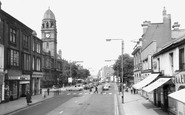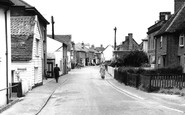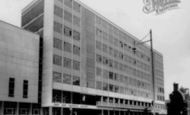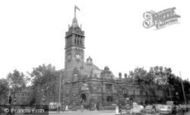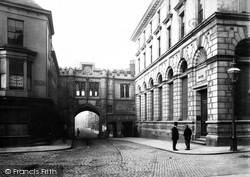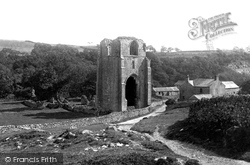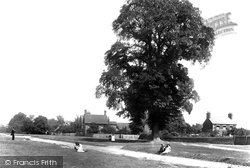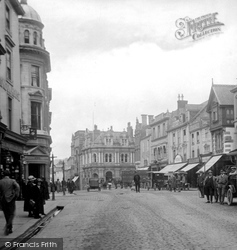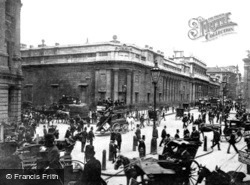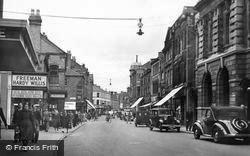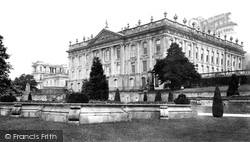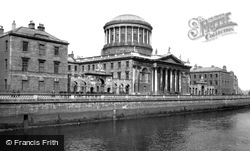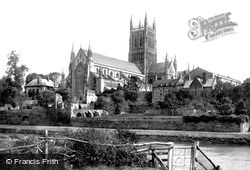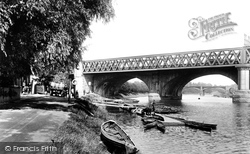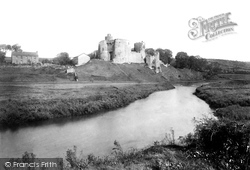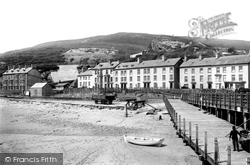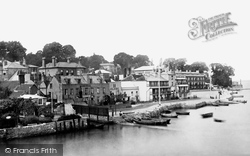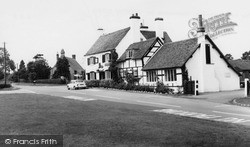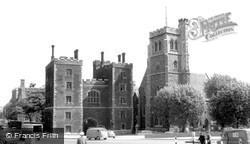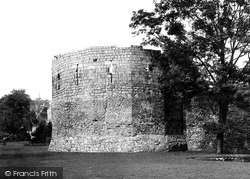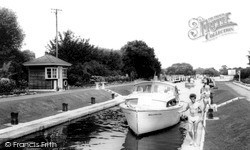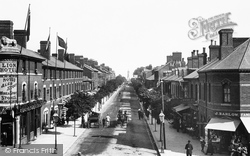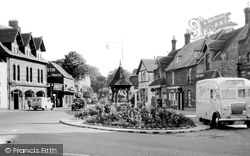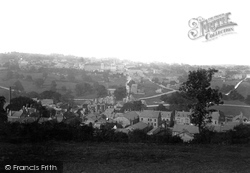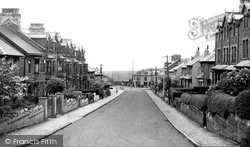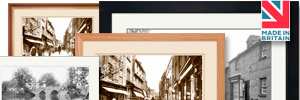Places
8 places found.
Those places high-lighted have photos. All locations may have maps, books and memories.
Photos
16 photos found. Showing results 61 to 16.
Maps
13 maps found.
Books
Sorry, no books were found that related to your search.
Memories
489 memories found. Showing results 31 to 40.
Days Out On Hyde Market
Being born and brought up in Flowery Field, Hyde was the centre of the universe for us as children. After shopping on Hyde market we would turn the corner and enter into the world of this picture. On the right of the picture, in ...Read more
A memory of Hyde in 1960 by
Fish & Chips In Brightlingsea
During the late 40's and 50's we all travelled to Jaywick Sands for our summer and bank holidays and on the weekends made regular excursions to the nearby seaside resorts of Frinton and Walton-on-the Nase but my ...Read more
A memory of Brightlingsea by
Derek Hall’s Pensax School Memories
As I was brought up in Menith Wood from the late fifties until the early sixties I attended Pensax School where Miss Jones and Mrs Attwood were our teachers for every lesson. I remember some of my school friends like ...Read more
A memory of Pensax by
1970's And 1980's East Ham Memories
I left East Ham behind around 1983 for Essex, my mother and father told me we were moving because East Ham was changing, becoming dirty and run down, I was devastated. Recently I have met up with old class mates ...Read more
A memory of East Ham in 1983
Looking Back To The Early Days
I was born in rented 'rooms' at Wordsworth Road in 1936 and came to move with my parents to five different addresses at Easington before I moved away from the area, when I married in 1963. But although my ...Read more
A memory of Easington Colliery in 1900 by
Hammer Of The Year Dance
At the end of the 1972/1973 football season, and at the age of 17, I went for the first (and only) time to the annual Hammer of the Year dance at East Ham town Hall organised by West Ham United. I went with my friend Diane ...Read more
A memory of East Ham in 1973 by
Early Years
I was born at 37, Ravenshill Road in 1955. I can remember a man on a bike sharpening knives and scissors on a grinding wheel attached to the front, also a man with a pony and trap would take you for a ride round the block for a penny. ...Read more
A memory of West Denton by
Netherthong In The First World War Part 2
Throughout the course of the First World War many local organizations raised money to send parcels to local soldiers. This was particularly relevant at Christmas and the presents included shirts, socks, ...Read more
A memory of Netherthong by
Netherthong In The First World War Part 3
Private John Henry Hoyle was born in Wilson Square in 1879 and he joined the Royal Welsh Fusiliers (Teacher Battalion) in January 1916. He was reported as missing and his body was found on March ...Read more
A memory of Netherthong by
Drayton Jottings
Drayton Jottings. Auntie Alice, in Kings Avenue, regularly seen, out on her front doorstep, she kept it clean, the 'raddled' red stone was buffed to a shine, 'Old fashioned traditions', here continued,so fine. one day, from ...Read more
A memory of Market Drayton by
Captions
231 captions found. Showing results 73 to 96.
Through Stone Bow we look back across the setts to its rear, with the High Street stretching away into the distance through the archway.
Shap Abbey, near the banks of the River Lowther, was founded by the 'white canons' of the Premonstratensian order at the end of the 12th century, but it was dissolved, like so many others, in 1540
A magnificent oak tree dominates the common land and the pleasant nearby houses of this little hamlet on the southern outskirts of Rickmansworth, where, on land to the south-west, the famous Croxley
Barclays Bank dominates the west end, while Lemon Street can be seen emerging on the extreme left.
Opposite the Mansion House is the Bank of England, a single-storey monolithic edifice, designed in 1734 by George Sampson.
The old Northamptonshire Union Bank on the right of the picture is now the Nat West, though fortunately the facade remains intact.
The classic Palladian west front of Chatsworth House, seen from the banks of the River Derwent.
This famous Dublin landmark is situated on the north bank of the Liffey, a little to the west of the centre.
This classic view shows to good advantage the central tower and the west window.
Here we see the river bank of the Ribble just west of the main railway bridge at the end of South Meadows.
Standing on rising ground on the west bank of the River Gwendraeth, Kidwelly and its fortified town were founded by Roger, Bishop of Salisbury during the reign of Henry I.
In this view of the seafront just west of the harbour, a lone wagon stands on the siding from the Aberdovey Harbour branch line.
The two Cowes, situated on the west and east banks of the River Medina, are famous throughout the world as a centre for yachting and as the home port of the Royal Yacht Squadron.
The village lies south of Redditch, with Studley and Astwood Bank encroaching from east and west.
On the south bank of the Thames, opposite the Palace of Westminster is this handsome building, for centuries the official residence of the Archbishops of Canterbury.The entrance is through a Gothic
On the south bank of the Thames, opposite the Palace of Westminster is this handsome building, for centuries the official residence of the Archbishops of Canterbury.The entrance is through a Gothic
The lower part of this strange structure is Roman; it was the west corner of the Roman fort.
The lower part of this strange structure is Roman; it was the west corner of the Roman fort.
West of Sunbury and on the former Middlesex bank of the Thames is Chertsey Lock, near Chertsey Bridge, an austere seven-arch stone bridge of the 1780s by James Paine.
At the west end of Lumley Road there were a few shops in 1899, but the view is utterly transformed now from Roman Bank, a reference to the old Roman sea wall.
Birchington is three miles west of Margate.
Shap Abbey, near the banks of the River Lowther, was founded by the 'white canons' of the Premonstratensian order at the end of the 12th century, but it was dissolved, like so many others, in 1540.
This view from the west shows John Smedley's massive Hydro on the opposite side of the valley, which brought spa town prosperity to the town after its erection in 1853.
They called the main railway line from Crewe to Glasgow the West Coast Main Line, but here at Hest Bank is the only spot where you can actually see the coast and the sea beyond.
Places (8)
Photos (16)
Memories (489)
Books (0)
Maps (13)



